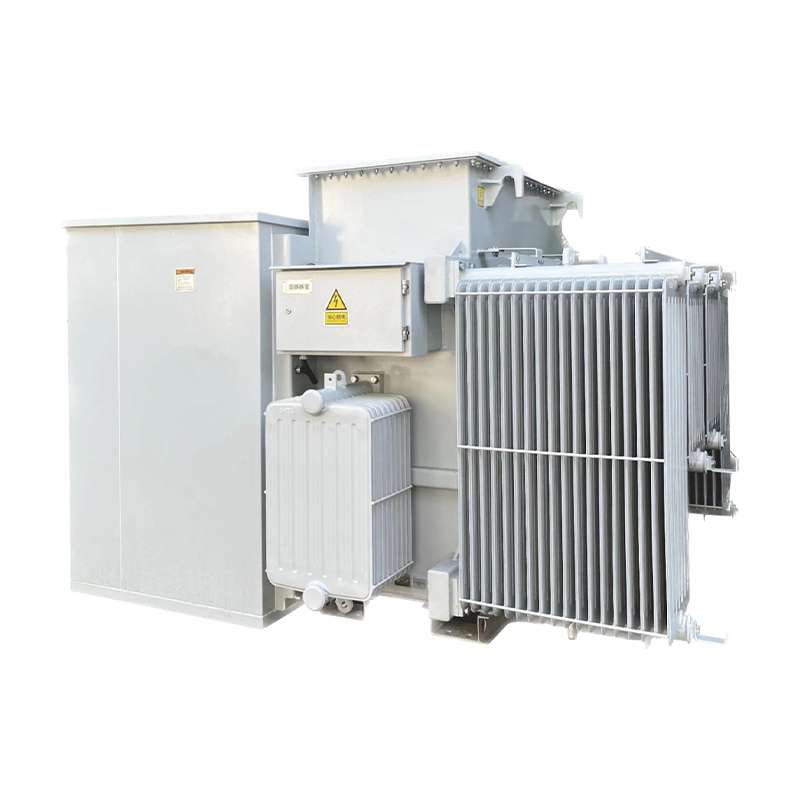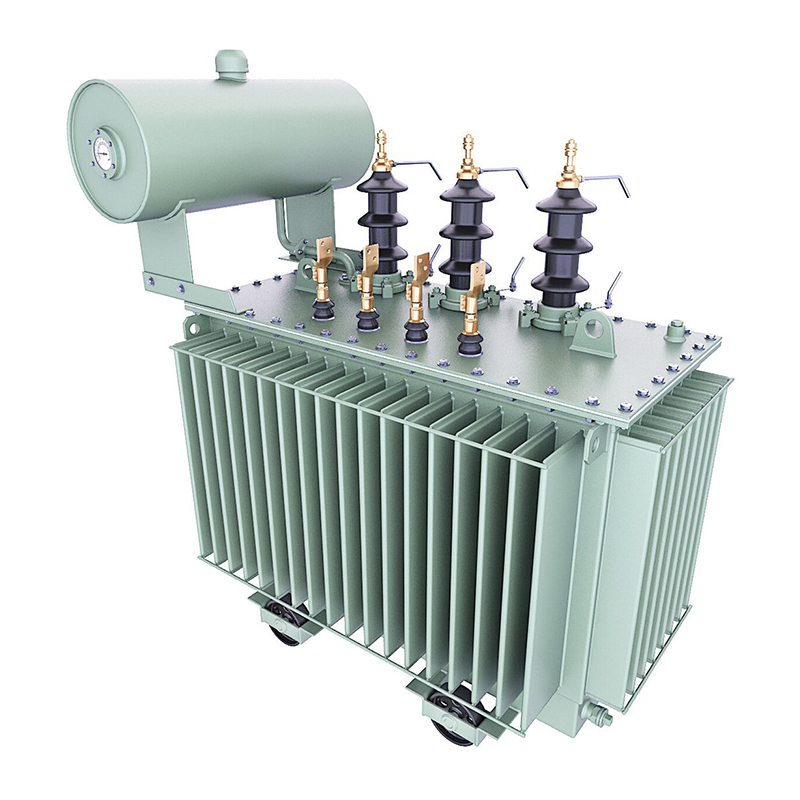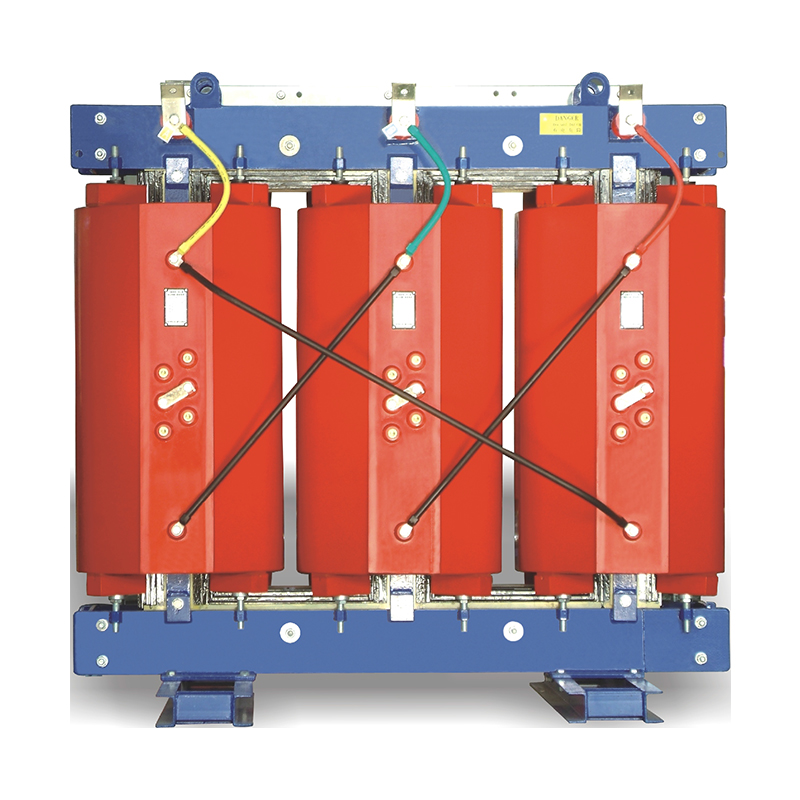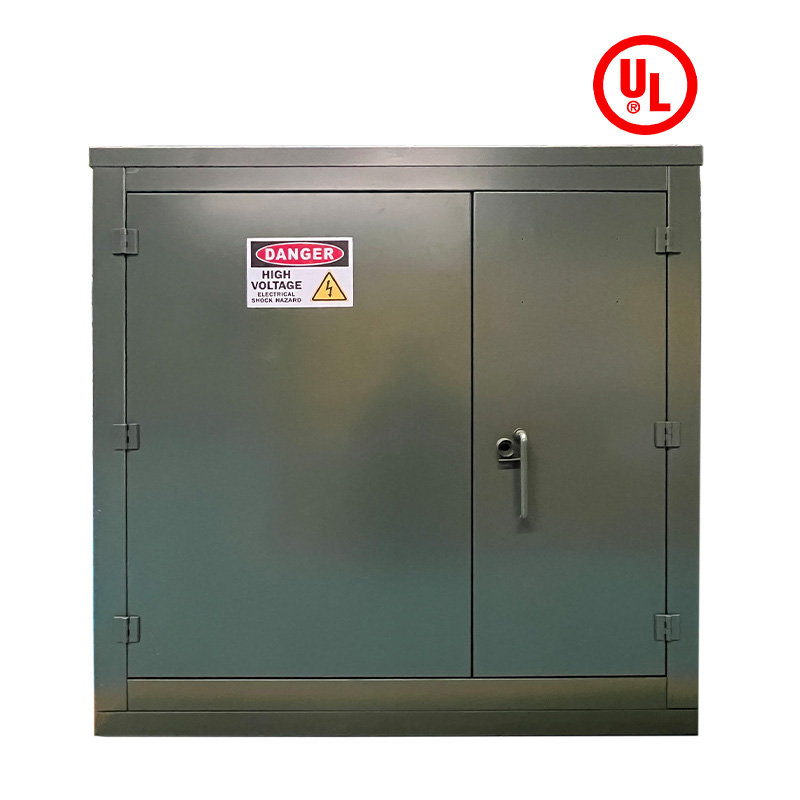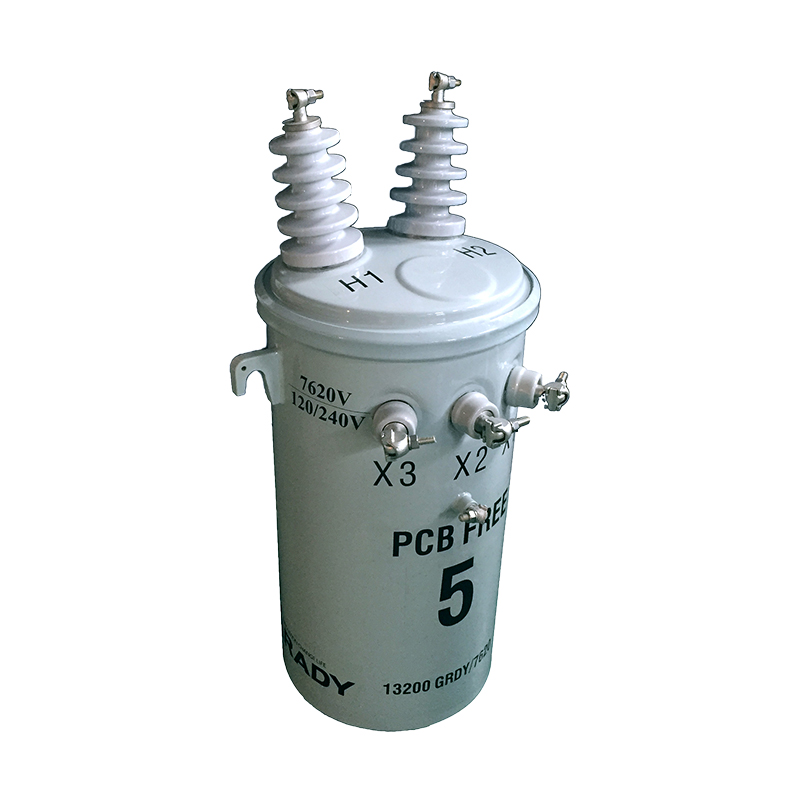Research on the operational adaptability of power transformers in harsh environments
Research on the operational adaptability of power transformers in harsh environments
Power transformers are essential key equipment in the power system, and their operational stability is of crucial importance for the safe and efficient operation of the entire power system. However, in practical applications, power transformers often need to face various harsh environmental conditions, such as high temperature, low temperature, dust pollution, vibration, etc. These harsh environments have had a serious impact on the operational performance and lifespan of power transformers. Therefore, it is particularly important to study the operational adaptability of power transformers in harsh environments.
1、 Adaptability to operation in high temperature environments
In high temperature environments, insulation materials in power transformers are prone to aging and deterioration, leading to equipment failure. To solve this problem, researchers have found through experiments that using materials such as copper-clad aluminum wire can reduce the impact of metal expansion on equipment. At the same time, the use of special insulation materials such as fluororubber, polytetrafluoroethylene, etc. can improve the high temperature resistance of power transformers. In addition, new cooling methods such as natural ventilation cooling and forced ventilation cooling have also been proposed and applied in practice. These methods not only improve the efficiency of power transformers, but also effectively reduce their operating costs.
2、 Operational adaptability in low-temperature environments
In low-temperature environments, the insulation material of power transformers is also prone to damage, which affects the stability of the equipment. In order to ensure the reliable operation of power transformers in low-temperature environments, it is necessary to select materials with high strength and stability, and improve their mechanical and electrical performance in low-temperature environments through special material production processes. At the same time, researchers have proposed some new cooling methods to address the cooling problem in low-temperature environments, such as cooling water circulation systems and vertical air coolers. The application of these methods not only improves the efficiency of power transformers, but also enhances their stability in low-temperature environments.
3、 Operational adaptability under dust pollution environment
Dust pollution is one of the main environmental factors affecting the long-term operation of power transformers. In areas with severe dust pollution, power transformers are prone to flashover accidents, causing sudden power outages. In order to maintain the cleanliness of the working environment of power transformers, in addition to daily cleaning, protective measures such as adding isolation nets need to be taken to block the pathways of dust pollution. The implementation of these measures can effectively extend the service life of power transformers and ensure their stable operation.
4、 Operational adaptability under vibration environment
If there is a seismic source near the electrical equipment in the power grid, it may be affected by vibration and cause poor contact during long-term operation. For power transformers, the vibration environment can also have adverse effects on their operational stability. Therefore, in the design and installation process of power transformers, it is necessary to fully consider the application of shock absorption measures to reduce the impact of vibration on their performance.
In summary, the research on the operational adaptability of power transformers in harsh environments involves multiple aspects, including the impact of environmental factors such as high temperature, low temperature, dust pollution, and vibration on the performance of power transformers, as well as corresponding solutions. The application of these research results will help improve the operational stability and service life of power transformers in various harsh environments, thereby ensuring the safe and efficient operation of the entire power system.
Relatenews
- Architecture Design of IoT-Based Monitoring System for Power Transformers 2025-09-05 15:27:00
- Judgment Standards and Oil Change Process for Power Transformer Oil Deterioration 2025-09-05 15:23:00
- Design and Mechanical Strength Verification of Short-Circuit Withstand Capability for Power Transformers 2025-09-05 15:19:00
- The Role of Power Transformers in Voltage Regulation within Power Systems 2025-08-25 08:14:00
- Environmental Regulations and Technical Measures for Power Transformer Noise Control 2025-08-25 08:12:00
- The Application of Big Data Analytics in Power Transformer Fault Prediction 2025-08-25 08:11:00
- Impact of Distributed Generation Integration on Load Characteristics of Power Transformers 2025-08-16 09:43:00
- Conditions and Protection Coordination Strategies for Parallel Operation of Power Transformers 2025-08-16 09:42:00





